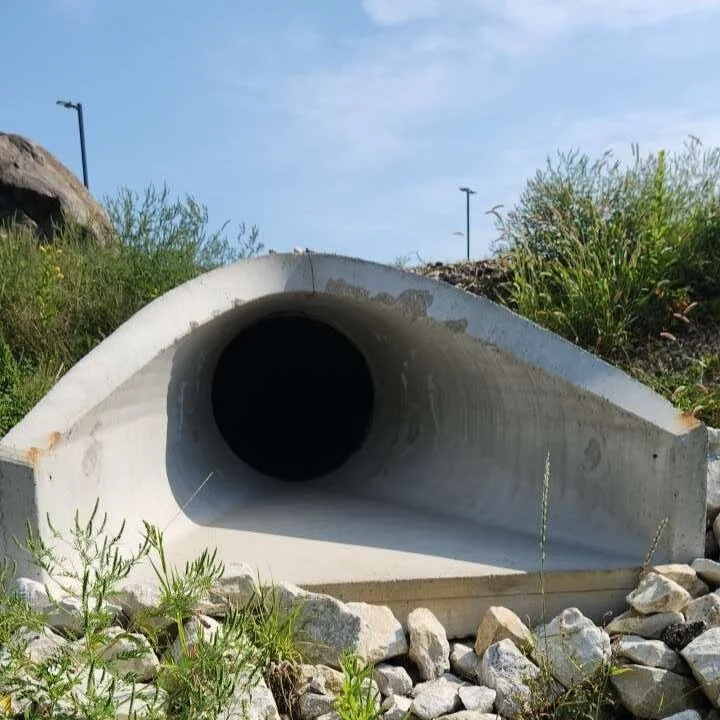Many communities want to grow, but water, wastewater, police, fire, parks, and libraries for new growth are costly. Impact fees fund facilities to attract development and recover the capital cost from new growth.
Impacts fees can fund: capital costs for highways and transportation; wastewater and storm water collection and treatment; water pumping, treatment, and distribution; parks, playgrounds, and athletic fields; garbage and recycling; fire and police protection; emergency rooms; and libraries. Impact fees cannot fund school district facilities or vehicles.
Municipalities collect impact fees when they issue building permits, making them administratively efficient. Impact fees must be reasonably related to the capital cost of facilities to serve new growth. The developers who pay impact fees may not like them, but they like the amenities that impact fees pay for. Developers recover the cost of impact fees in the lots and buildings they sell, simplifying the process for new residents and non-residential development.
Before enacting impact fees, the municipality inventories existing facilities. An impact fee study compares existing facilities to a defined service standard, and existing deficiencies must be addressed from a different revenue source. The study forecasts growth and the cost of facilities to meet the service standard for new growth. The municipality holds a hearing and enacts an impact fee ordinance. The impact fee ordinance must provide an appeal process and a time limit for spending the money. Municipalities should carefully track and manage impact fee revenues. They must refund fees not spent within the time limits to the property owner.
Contact an expert today for more information on impact fees.




